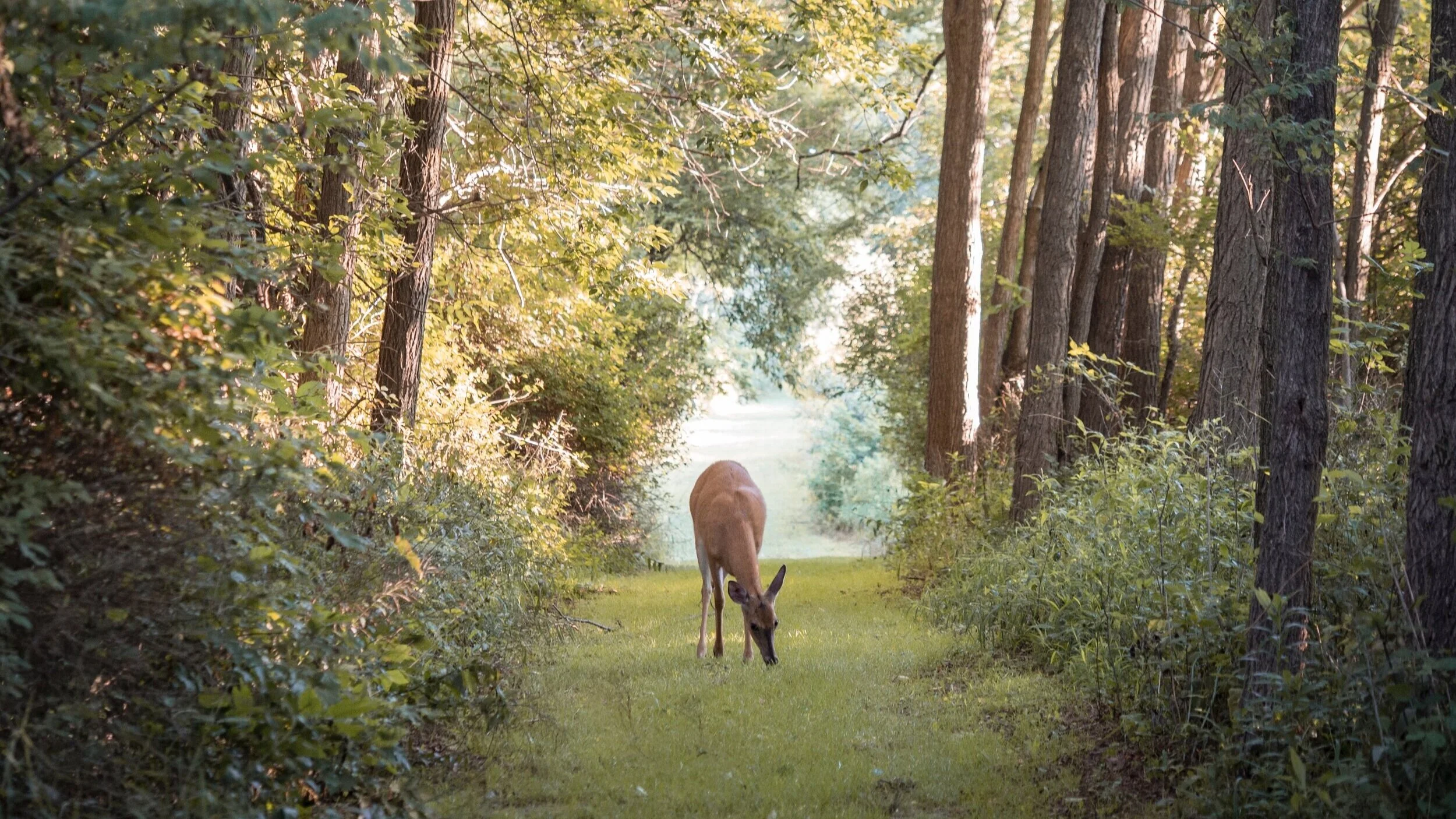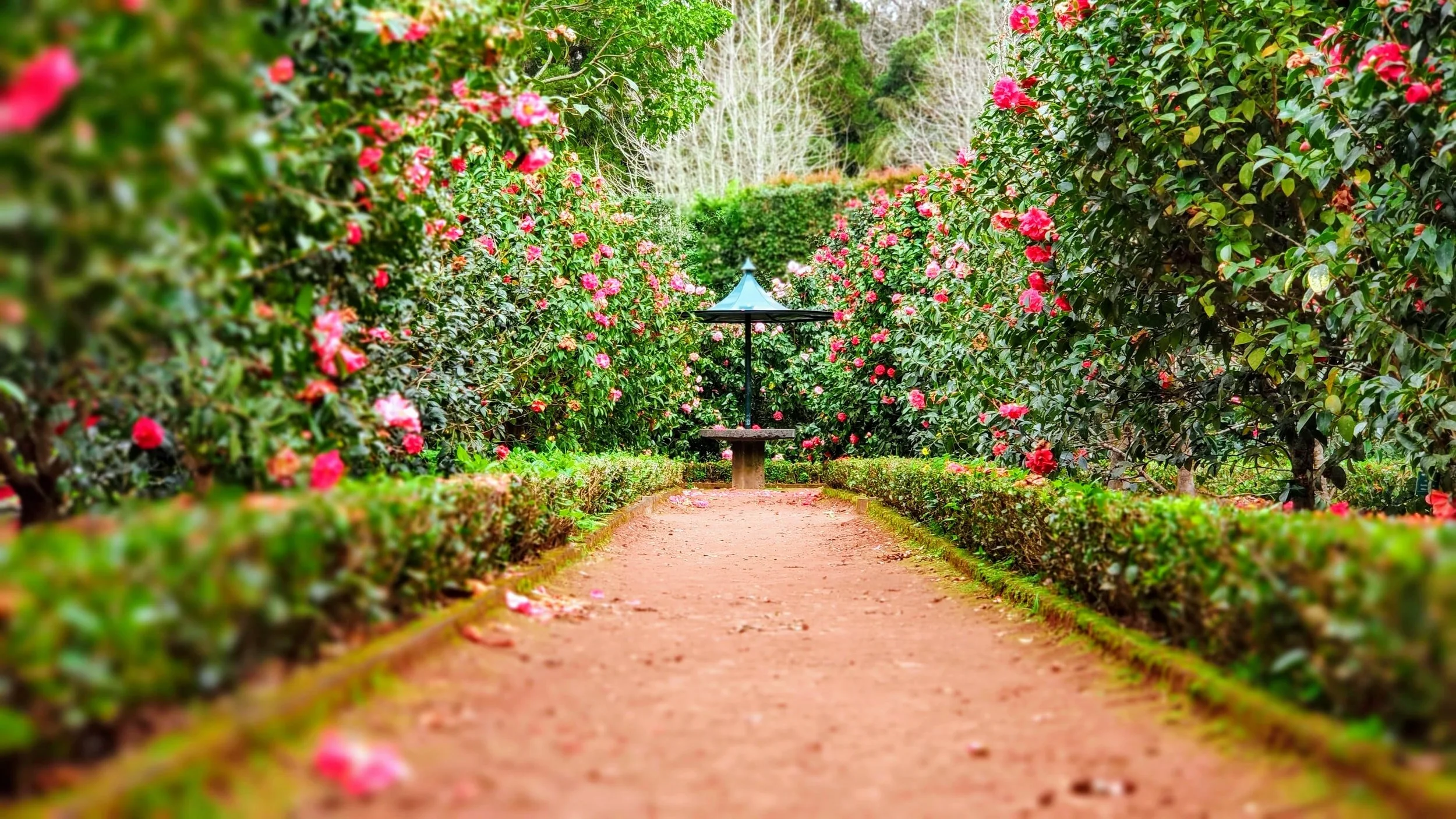At the heart of the vision is the Arboretum. It will include a range of trees that are compatible with climate change challenges to ensure that future generations are able to benefit from a green and healthy environment. There are already over five hundred trees on site with Tree Protection Orders and these magnificent trees would benefit from the protection afforded by an arboretum setting.
Grove Arboretum
The first new arboretum in Berkshire for over 100 years
Arboretums provide a haven for trees and shrubs. They are a showcase of native and selected non-native species where public admission is welcomed and encouraged. Arboretums are places of beauty and refuge for a community’s inhabitants. They are a place of education and insight to learn about tree science and the place of trees and shrubs in local ecosystems and to discover their effect on the well-being of residents in the community.
“The proposed Arboretum, which includes office, recreation and education facilities, would be a good positive alternative to the housing development. It should provide significant net gain for biodiversity and be a net sink of carbon dioxide from the atmosphere.
Much of the area should stay ‘green’ - whether as an arboretum, a park, or a nature reserve.”
Trees are the largest and oldest single living element of our built and natural environment. The benefits of trees have never had so much significance in terms of contribution towards humans and their built-up urban areas. Evaporation, shade and heat reflection can greatly reduce the temperature in towns. Tree lined avenues, parks and woodland all provide sheltered, stimulating and attractive locations to walk and cycle reducing road traffic and improving our well-being. The planting and care of trees can draw a community together. Providing an outdoor classroom in which to study, play and explore. They provide habitat, shelter and diversity of an area and support a wide variety of mammals, birds and insects. The arboretum forms the anchor for our proposals around which a multitude of additional benefits can be developed that contribute environmental, health, education, economic and cultural outcomes for the wider Reading area.
Collaboration
Collaboration with local and national academic and botanical establishments such as Kew Gardens, Reading University and Oxford Arboretum would put Reading on the map and draw interest from visitors from a range of areas. There has not been a new arboretum created in over 100 years in Berkshire; when would be a better time, if not now.
Floodwater Management
Vernal ponds around the arboretum that help to alleviate flooding would be established and work alongside water features that would provide habitat benefits for wildlife and also provide interest to visitors to the site. Flooding impacts are expected to significantly worsen over the coming years, so having open land to manage flood water impacts will become increasingly important. Pond features would maintain existing hydrogeological flows while providing benefits to surrounding areas downstream of floodwater and provide capacity for future ongoing flood management.
Increase in Bio-Diversity
The UK has destroyed 97% of its wildflower meadows due to intensive farming and this important habitat supporting a myriad of bees, beetles, butterflies and grasshoppers would be established where appropriate throughout the site in line with the Council’s own Biodiversity Action Plans and national schemes by Plant-life and the Royal Horticultural Society. Planting would be a truly community based affair bringing people and cultures together to create a truly special environment created by the community for the community.
Orchard
The creation of a traditional orchard on site would create a focal point, a crucial habitat for flora and fauna and a place for education and skills development to ensure that where possible, Berkshire varieties of heritage fruit are not lost forever. Orchards provide vital green spaces in our cities and towns, where people are encouraged to interact with nature either through becoming custodians of the trees or by simply being around them and enjoying their shade, beauty and fruit. Orchards invite nature into the urban environment and provide a refuge in which it can flourish; in our schools, housing estates, parks and commons, improving human wellbeing and making our cities more pleasant places in which to live. Some areas of our cities have become ‘no grow zones’ or ‘food deserts’: where fresh, quality fruit and vegetables are hard to find. Sedate lifestyles and poor diets have led to rising rates of diabetes and obesity. Fresh, nutritious fruit and the activity involved in growing and harvesting has to be part of the solution.
“I wholeheartedly support KEG’s proposal to transform a former monocultural grassland golf course into an Arboretum, that will support both wildlife and people. I envisage that this planned Arboretum will provide the community in our borough with opportunities for outdoor recreation, relaxation, green prescribing, play and learning - supporting both our physical and mental health. KEG’s vision for volunteering and making use of the space as a health asset is impressive. We envisage that the local community will be able to take an active role in environmental stewardship, with volunteering opportunities including tree planting. It’s a win-win for people and nature. With our country facing a triple crisis of nature loss, climate change and poor health, projects like this have the potential to deliver multiple positive outcomes. Should this proposal be successful, Nature Nurture commits to supporting KEG engage the local community and maximise their potential to address health inequalities.”
A Green Link
The conservation of the habitats on site allow for a healthy ecological network to establish from Reading Borough Council into South Oxfordshire and vice versa which is essential to ensure the levels of diversity of habitats that species need to sustain their populations. The improvements to soil health and the mycelium networks that depend on it as well as numerous fungi, moss and lichen will be an extremely valuable result of the regeneration of the different habitats.
The site is a vital green lung, providing cleaner air to the area and the establishment of the arboretum and other habitats would further increase the air quality and aesthetic quality thus creating a space of tranquility and calm where visitors would be able to improve their mental wellbeing, spiritual wellbeing and physical wellbeing by taking part in on-site socially focussed, meditative and sensory groups as well as exercise groups designed around their needs.
Every green space has its own value, character and potential and Grove Arboretum will provide a rich tapestry of community enrichment. Whilst there are wonderful green spaces nearby, namely Bug’s Bottom and Clayfield Copse, this site would offer universal access that lends itself to a wider range of activities for the community that go beyond dog walking and rambling.
Sensory Garden
A sensory garden ideally located by the local school and residential home which provides immediate access to the space for the youngest and oldest in the community is one example of such an activity.
Eastern extension of the AONB
Kidmore End District Council has recognized in their local development plan that the unique landscape of the AONB does not stop at the border of the AONB and is also characterized in both the South Oxfordshire part of the site as well as in Reading where no hard border exists. AONB status takes many years, however KEG would work with others to extend the AONB to cover all of the arboretum to ensure longer term protection. As of the 24th June the Government has announced that they are looking at an eastern extension of the AONB – the first since 1965.











